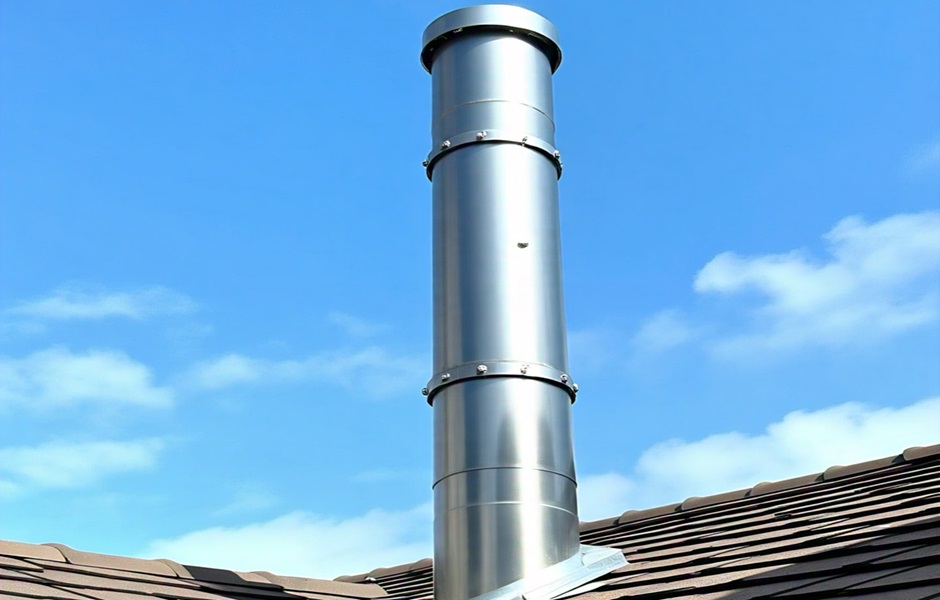
Are you wondering what a chimney flue is? A chimney flue is a vital component of any fireplace or wood stove setup. It plays a crucial role in safely venting smoke, gases, and combustion byproducts out of your home, protecting air quality, and guaranteeing efficient heating.
Understanding the function of a chimney flue, how it works, and its benefits can help you maintain a safe and cozy environment, especially during colder months. That is why we have prepared this complete guide on chimney flue systems for you! Read on and learn all about it.
What Is A Flue On Chimney?
A chimney flue is an internal passageway within a chimney that directs smoke, gases, and other byproducts from burning fuel up and out of your home. Typically lined with materials like clay, metal, or ceramic, the flue channels harmful exhaust gases, including carbon monoxide, safely outside. A flue also prevents heat from escaping from the fireplace, increasing efficiency and keeping warmth circulating in the room.
How Does A Chimney Flue Work?
The chimney flue creates a draft, which is the natural upward flow of air through the chimney caused by the rising hot air. When a fire burns in the fireplace, it produces warm air and gases lighter than the cold air outside, creating a draft that pulls the smoke up and out through the chimney.
The flue lining adds an extra layer of protection, preventing excessive heat from damaging the structure of the chimney and reducing the risk of fire hazards. Dampers are often installed within the flue to allow homeowners to control the draft and close off the flue when the fireplace is not in use, which helps retain indoor heat.
Do All Chimneys Have A Flue?
Yes, all functional chimneys designed for heating and venting should have a flue, just as it should have a chimney cap installed. The flue is essential for the safe and effective operation of the chimney. However, older homes may sometimes have unlined chimneys, which lack a dedicated flue lining.
This setup is now outdated and often considered unsafe by modern standards, as it exposes the masonry to high temperatures and combustion byproducts. Homes with unlined chimneys are typically recommended to retrofit a flue lining to meet current safety and efficiency standards.
How Much Does It Cost To Install A Fireplace Flue System?
Generally, a basic flue installation costs $2,500 to $5,000 for materials and labor. For homes with existing chimneys that lack a lining, retrofitting a flue lining costs between $1,000 and $3,000, depending on the type of liner used (stainless steel, clay tile, or cast-in-place). Stainless steel liners are often preferred for their durability, but they may cost more than clay or other materials.
With this clear overview of what a chimney flue is, how it functions, its benefits, and what to expect regarding installation costs, you can now call Wisercosts heating experts to have your chimney flue system installed.
 Let a heating contractor give you an estimate on your project
Let a heating contractor give you an estimate on your project

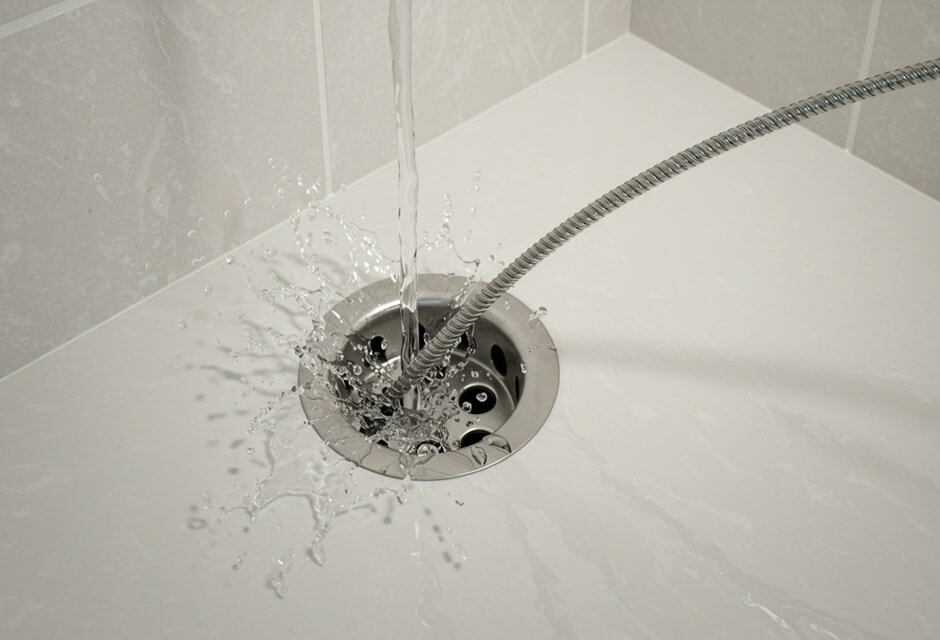
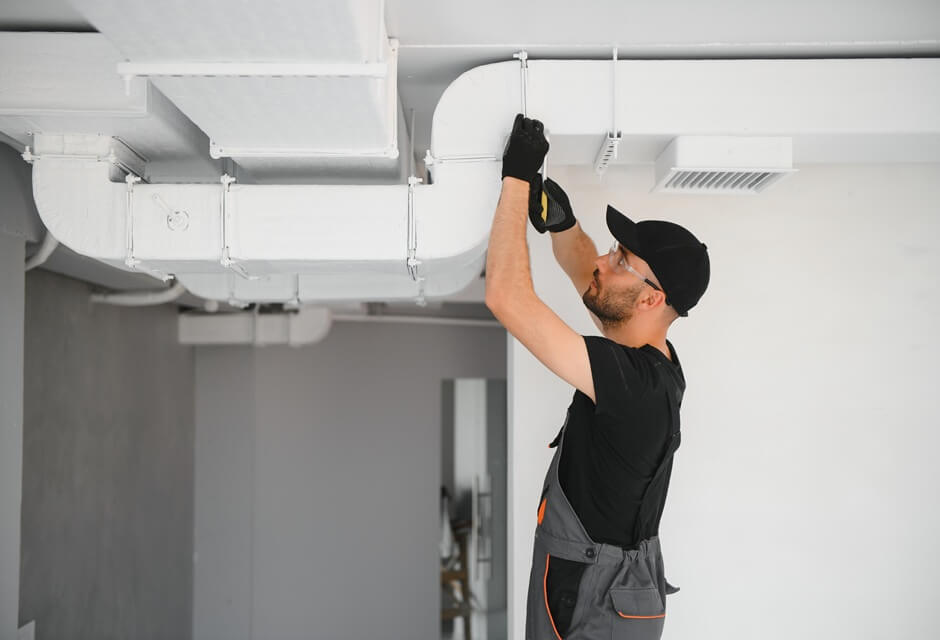
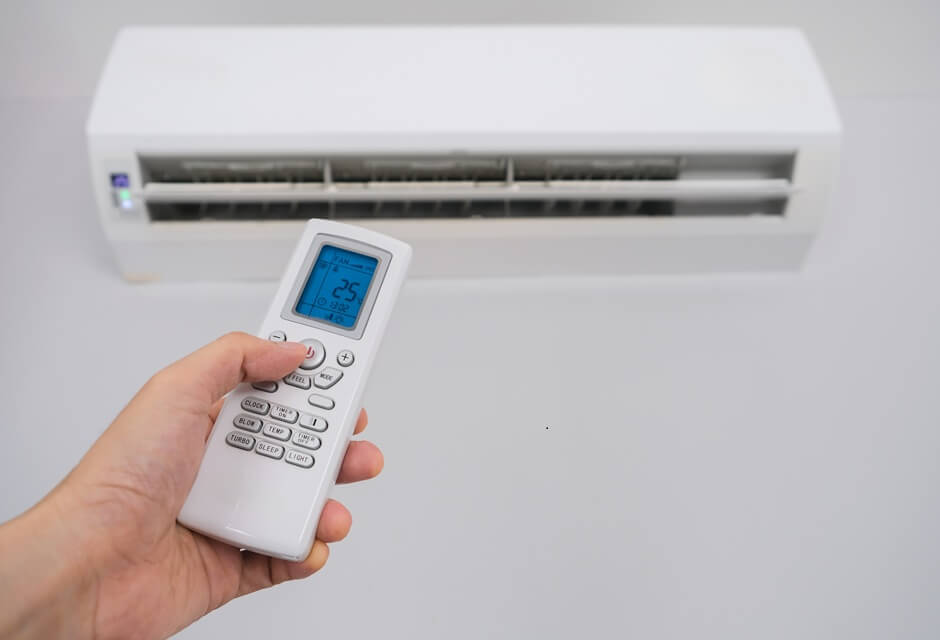
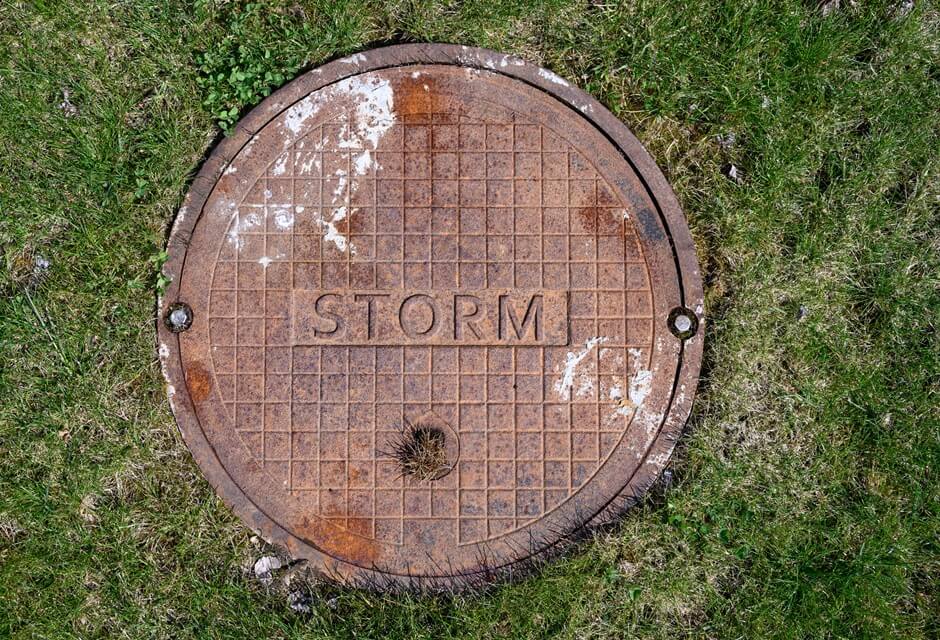
 Member of the
Member of the